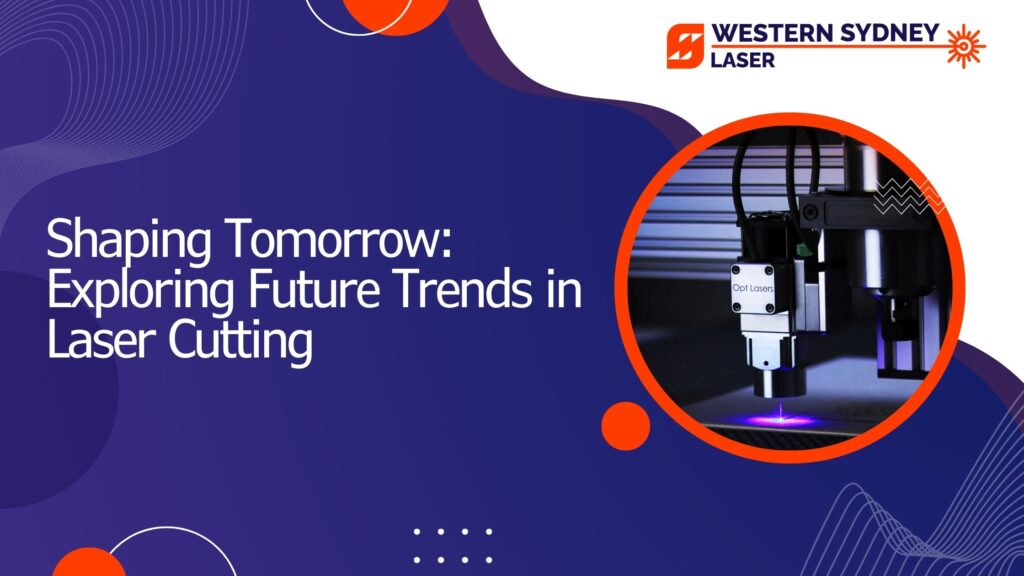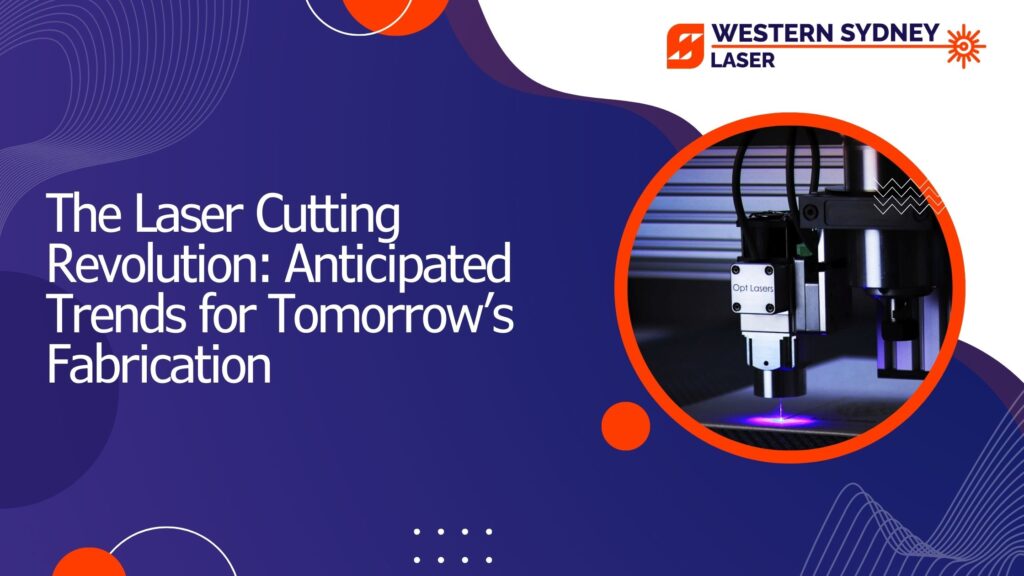Laser cutting is a very accurate and adaptable industrial technique. The laser beam is so powerful that it can cut through anything, including thick rubber foam and thin aluminum sheets.
The article will go into great detail on the various kinds of laser-cutting procedures.
Types of Laser Cutting
There are various laser cutters, each appropriate for a particular set of materials and uses. These are the most common types:
– CO2 Lasers
A xenon flash tube or something similar usually serves as the laser source. An electric discharge starts the stimulated emission process.
Only the final energy transition in this process—including only one photon emission—is characteristic of the other two.
– Fiber Lasers
Fiber lasers are mostly used for cutting and engraving metal components.
Compared to other laser types, they provide some advantages that make them an obvious choice for industrial applications.
Chemically doped optical fibers produce lasing and transfer energy to the cutting point, hence the name “fiber lasers.”
Usually, a primer laser of the diode type is used to introduce a low-power beam into the fiber at the beginning of the laser source.
– Direct Diode Lasers
Their market share is growing in industrial applications such as surface treatment, welding, and cutting.
The foundation of a direct diode laser is a semiconductor junction, usually composed of gallium arsenide (GaAs).
A light source is unnecessary for the diode to initiate electroluminescence, which occurs when a forward bias current is supplied.
Select the Proper Laser Cutter
Depending on your unique requirements and applications, the best laser cutter technology is a critical choice. The following are some crucial considerations:
1. Support: Consider how easily the equipment can be technically serviced and supported.
Ensure that the manufacturer or supplier offers dependable assistance, such as training, help with troubleshooting, and availability of spare parts.
Over time, a low purchase price with little or no on-site technical support will likely be an operational burden.
2. Laser Power: The equipment’s speed and thickness capacity are directly affected by the laser power.
Although you may have to work harder and put in more overtime to make up for this, a stronger laser can cut through thicker materials more quickly.
Choosing an overbearing machine to handle a small percentage of your workload affects the profitability of all other jobs.
3. Material Compatibility: Choose the assortment of materials that you will use most regularly.
For the majority of applications, the material’s absorption spectrum must match the type of laser that was chosen.
This will lessen the likelihood of significant issues and slower processing at greater energy levels, shortening the equipment’s operational life and decreasing profitability.
Conclusion
Western Sydney Laser Cut uses various laser cutting technologies to provide precise solutions for different cutting applications.
They offer customized services for every material, ranging from CO2 laser cutting, suitable for organic materials like wood, acrylic, and leather, to fiber laser cutting, which is perfect for metals due to its high speed and precision.
With their modern technology and knowledge, Western Sydney Laser Cut is also very good at cutting thicker materials with elaborate plasma and crystal laser cutting designs.
Their modern technology ensures excellent outcomes with less waste and quick turnaround times, whether for industrial purposes or creative projects.



